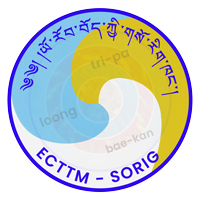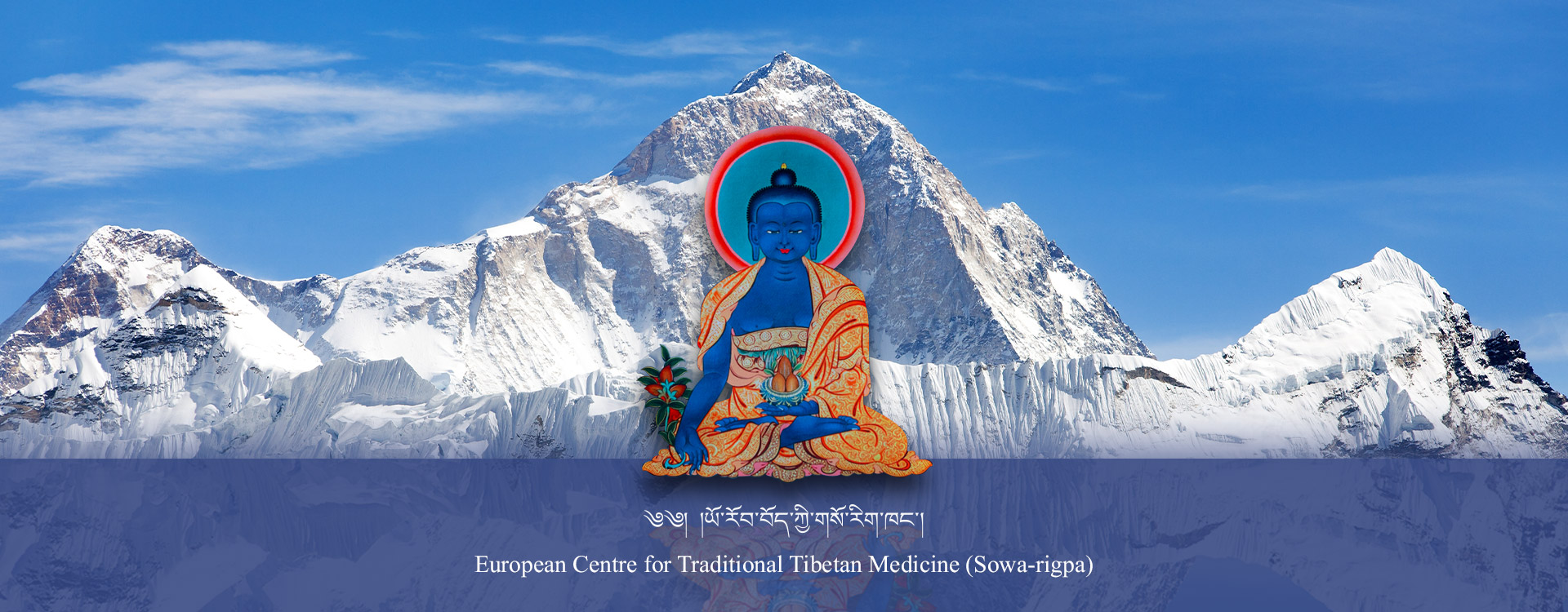
Diagnostic methods and aims
In Tibetan medicine, a diagnosis is made by various techniques such as,
- Pulse reading
- Urine analyzing
- Constitutional identifies
- Equalization of a position of body, mind, and energy
Pulse reading
Diagnosis through the pulse, touching the skin, muscle, bone, and especially diseases which point to the three energies. Pulse reading forms the essential touching method employed in Tibetan medicine. Only after ensuring a set of preconditions does the physician proceed with a pulse diagnosis. This involves the doctor placing the index finger, middle finger, and ring finger on a patient’s radial arteries.
The patient’s left hand was examined by the right hand of the Amchi.
a. the tip of the index finger on the right side detects heart diseases, and on the left side, intestinal disorders.
b. the tip of the middle finger on the right side detects diseases affecting the spleen and on the left side stomach diseases.
c. The tip of the ring finger on the right side detects left kidney diseases and on the left side hormonal & genetic disorders.
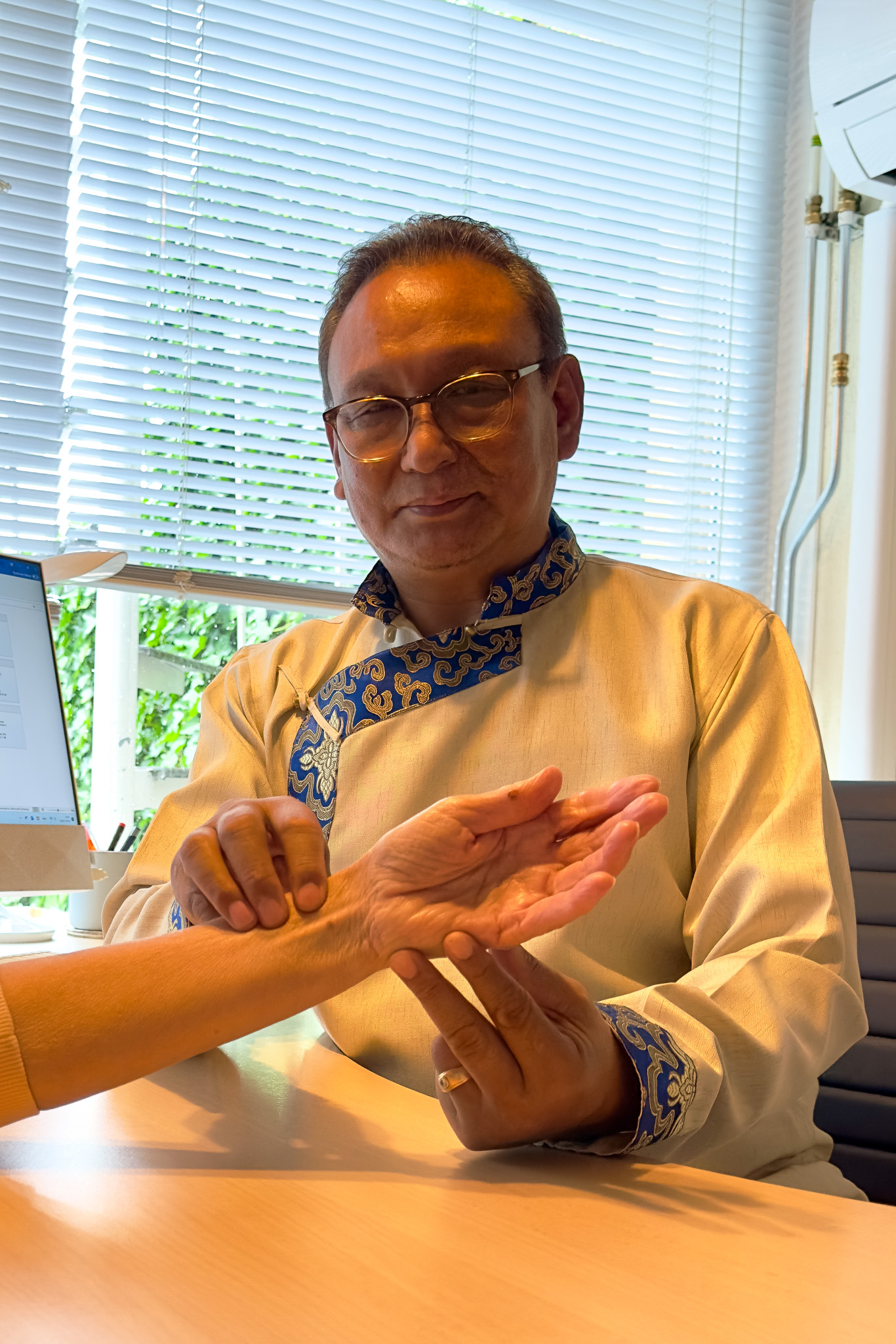
The patient’s right hand was examined by the left hand of the Amchi.
d. the right tip of the index finger detects lung diseases, and the left side diseases affect the large intestine.
e., the right tip of the middle finger detects liver diseases and the left side diseases related to bile/gall bladder imbalance.
f. The right tip of the ring finger detects right-side kidney diseases, and the left-side conditions affect the urinary bladder.
g. additional: cognitional pulse, prognostication pulse, seasonal pulse, wondrous pulse, life duration/life force pulse, and spirits pulse should be determined under particular conditions.
The righthand pulse should be examined first in the case of female patients and the lefthand first in the case of males. This is because the tip of the female heart is tilted towards the right and vice versa with males.
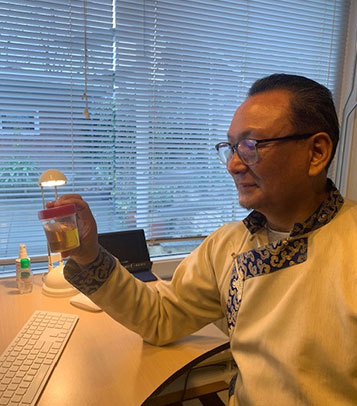
Urine analysis
Urine is like a mirror; the physician can detect imbalances through the color of the urine, vapor, bubbles, sediments, odor, and scum. Therefore, urine must be analyzed with complete preliminary preparation.
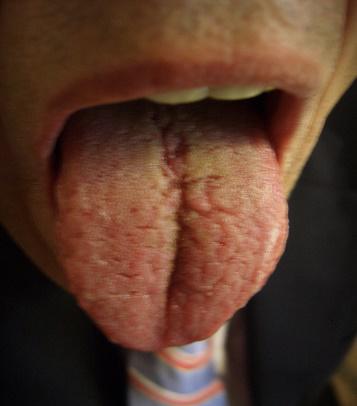
Tongue observation
The tongue will be red, dry, and rough in wind disorder. In bile disorder, the tongue will be covered by a thick, pale yellow coating of phlegm. In phlegm disorder, the tongue will have a pale, thick layer of inactivity and a dull, smooth, and moist texture.
Anamnesis/questioning
a. determining the causative factors.
b. determining the present symptoms and medication.
c. determining the dietary habits, lifestyle, and stress level.
d. studying the cause and condition of the illness.
e. studying the signs and symptoms.
f. studying their diet and physical and stress levels they have experienced.
